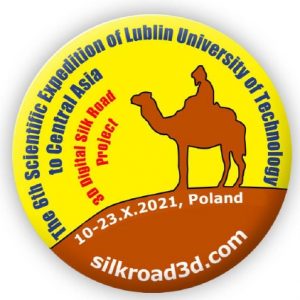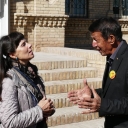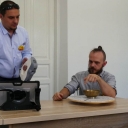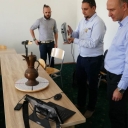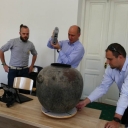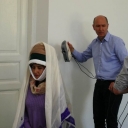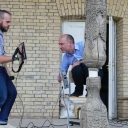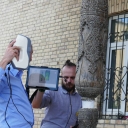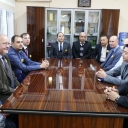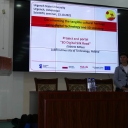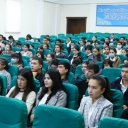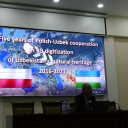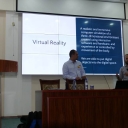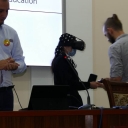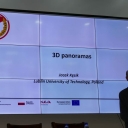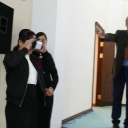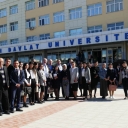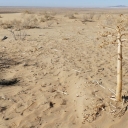On 10-23.10.2021, a team of IT scientists is in Uzbekistan on the 6th Scientific Expedition of the Lublin University of Technology to Central Asia. The expedition was carried out as part of the “3D Digital Silk Road” project, financed by the National Agency for Academic Exchange (NAWA) as part of the Academic International Partnership program (https://cs.pollub.pl/projects/3d-digital-silk-road-digitalizacja-zabytkow-jedwabnego-szlaku-w-uzbekistanie/?lang=en). The expedition was attended by employees of the Department of Computer Science: Elżbieta Miłosz (project manager), prof. Marek Miłosz, Jacek Kęsik, Mariusz Dzieńkowski, Marcin Badurowicz and Stanisław Skulimowski.
During phase 1, the expedition operated in the territory of Uzbekistan in the city of Urgench and its vicinity. During this stage, the following activities were carried out:
- 3D scanning of small museum artifacts, folk costumes from Khorezm and carved columns in the Museum of the State University in Urgench.
- Scanning the remains of the fortress city Ayaz Kala 1 on the edge of the Kyzyl Kum desert, dating from the 4th and 3rd centuries BC,
- Scientific seminar entitled “Popularization of the tangible cultural heritage using 3D digital technology” (https://urdu.uz/en/news/1184).
- Working meeting with the authorities of the partner university, i.e. the State University in Urgench (https://urdu.uz/en/news/1185).
By the way:
Mr. Rakhim Kayum from the Samarkand State University (project partner) was provided with the results of a virtual scientific expedition (https://silkroad3d.com/?page_id=2012), namely 3D models of works by artist-ceramic artist Haydar Baturov, scanned in 3D technology during the expeditions and 3D prints of selected sculptures. One copy of the 3D models was donated by Mr. Rakhim Kayumow to the family of the deceased artist.
The implementation of such extensive work in such a short time was possible thanks to the great commitment of the employees of the partner university – the State University in Urgench.
